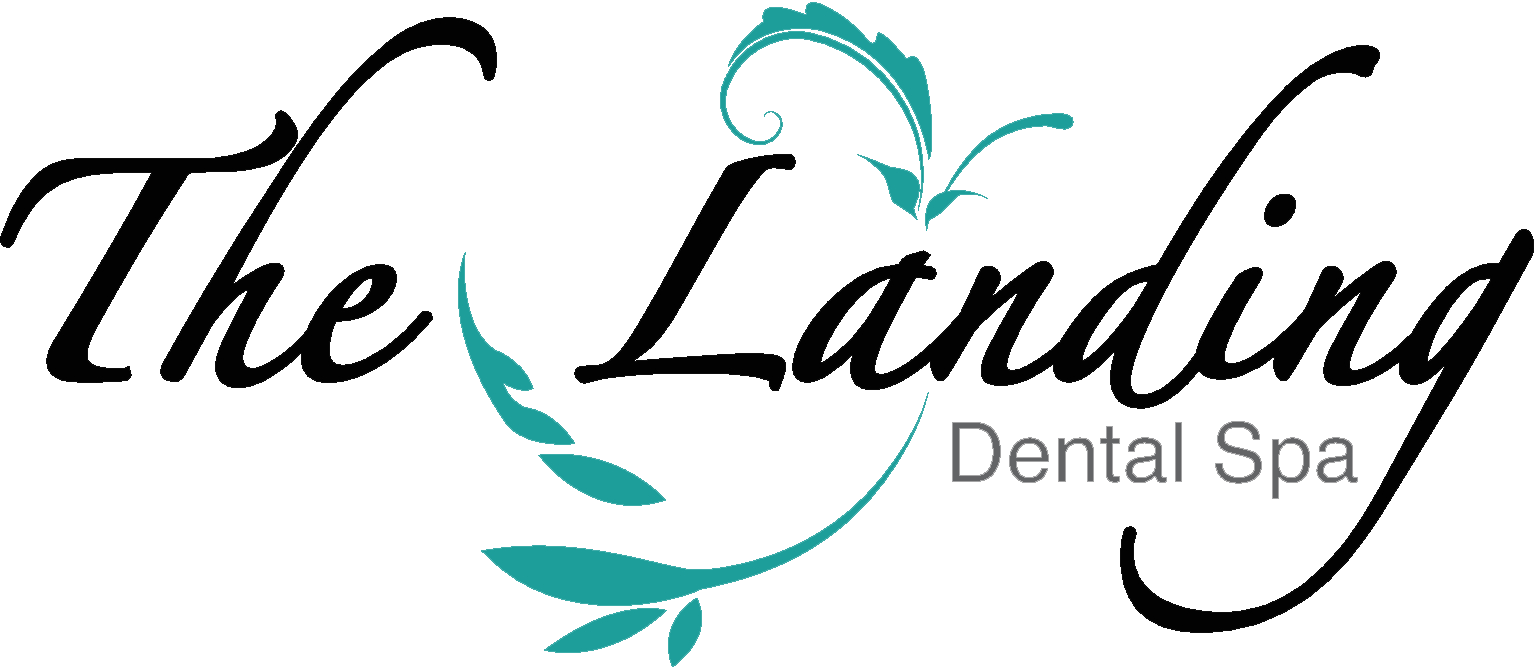Many people have heard about the importance of flossing once per day, but this essential step in oral hygiene is often overlooked or performed incorrectly. Routine flossing removes plaque and food particles where a toothbrush cannot easily reach. Plaque build-up can lead to tooth decay and gum disease. Brushing your teeth, flossing and using fluoride to clean your mouth are all essential for maintaining oral health. Read our step-by-step guide below to learn how to floss teeth properly to help ensure healthy teeth and gums for years to come.
WHY SHOULD I FLOSS MY TEETH?
According to the U.S. Department of Health and Human Services, flossing is a critical oral hygiene practice. Flossing your teeth only takes a few minutes, and it should not be painful. The act of flossing before bedtime is one of the best practices you can do for your oral healthcare. In addition, cleaning between your teeth will aid in the prevention of cavities, gum disease and plaque.
Plaque that is not removed will harden into a rough substance called tartar or calculus. Tartar collects along your gum line and can lead to gum disease. To learn more about gum disease, read our blog, Gum Disease: Causes, Symptoms, Treatment and Prevention.
When it comes to flossing, pick a time of day when you can devote an extra couple of minutes to your dental care. For example, people who are too tired at the end of the day may benefit from cleaning between their teeth first thing in the morning or after lunch. Others might like to go to bed with a clean mouth.
WHAT TYPE OF FLOSS SHOULD I USE?
There are two types of floss from which to choose, nylon and PTFE floss. When used correctly, both types of floss do a great job removing plaque and additional debris stuck in between your teeth.
- Nylon (or multifilament) floss: This type of floss can either be waxed or unwaxed. Unwaxed floss is thin nylon made out of 35 strands twisted together. It fits into tight spaces if teeth are closer together. However, it is more prone to breaking. Waxed floss is standard nylon floss with a light wax coating, which is less likely to break but harder to use in tight spots.
- PTFE (monofilament) floss: Polytetrafluorethylene floss (PTFE) is made from a material that easily slides between teeth. It is less likely to shred or break compared to standard floss.
When you get the basics down, test out the different types of flosses to see which you like best — flavored, waxed or wider width. Consistency is vital, so whichever floss you choose, make sure it is comfortable for your daily use.
HOW TO USE STRING DENTAL FLOSS
The ADA recommends following these tips to floss your teeth correctly:
- Break off about 18 inches of floss and wind it around your middle fingers.
- Grasp the floss tightly between your thumbs and forefingers.
- Guide the floss between your teeth using a gentle rubbing motion.
- When the floss touches your gum line, curve it into a C shape against one tooth. Gently slide and work it into your gum line.
- Go to a clean section of floss and repeat this technique on the rest of your teeth.
The ADA says that it is acceptable to use dental floss before or after you brush your teeth, as long as you do it thoroughly. However, a study published in the Journal of Periodontology showed a higher plaque reduction in the floss-first, brush-second method.
Using string dental floss can provide the following benefits:
- Easy to control
- Able to clean each tooth in full
If your gums bleed easily, do not let that stop you from flossing daily. Regular flossing will help improve the health of your gums, and therefore, reduce bleeding over time. If gum bleeding is a concern, you should use soft floss that easily slides between your teeth.
THREE TIPS TO PROPER FLOSSING TECHNIQUES AT HOME
Tip #1: Make sure to relax your lips and cheeks. One of the most common mistakes you can make while flossing is tightening your lips and cheeks, making it harder to get your fingers into the mouth.
Tip #2: Look for dental products that contain the ADA Seal of Acceptance, so you know they have been evaluated for safety and effectiveness.
Tip #3: When you are finished flossing, throw the floss away. If you reuse floss, it could leave bacteria in your mouth, and it will not be as effective as a new piece.
MAKE SURE YOU ARE BRUSHING PROPERLY, TOO!
To remove plaque and bacteria from your teeth, be sure to brush your teeth for two minutes, two times per day, using an ADA-approved, soft-bristled manual or electric toothbrush and fluoride toothpaste. Anything harder, even medium-bristled toothbrushes, can wear away tooth enamel. Soft bristles also clean more effectively than stiff bristles because they can bend and get under your gums.
Remember, you should replace your toothbrush at least three times per year; you’ll know it’s time when the bristles begin to fray.
The American Dental Association recommends brushing your teeth:
- At a 45-degree angle, move your toothbrush in short, back and forth circles.
- Make sure you clean the internal and external surfaces of your teeth.
- Avoid eating for 30-minutes after brushing your teeth.
If you would like to learn more about how to brush and floss your teeth, check out our blog, Teeth Brushing 101.
MAKE YOUR APPOINTMENT AT THE LANDING DENTAL SPA
The Landing Dental Spa offers you and your family a state-of-the-art dental office with a spa-like atmosphere. Our goal is to provide you with a healthy smile and make your dental experience as relaxing and comfortable as possible. In addition, we want to see you practice a daily oral care routine, so you have healthy teeth and gums for years to come!
Please call us at 304-594-2200 or use our online contact form to make an appointment with us.


Recent Comments